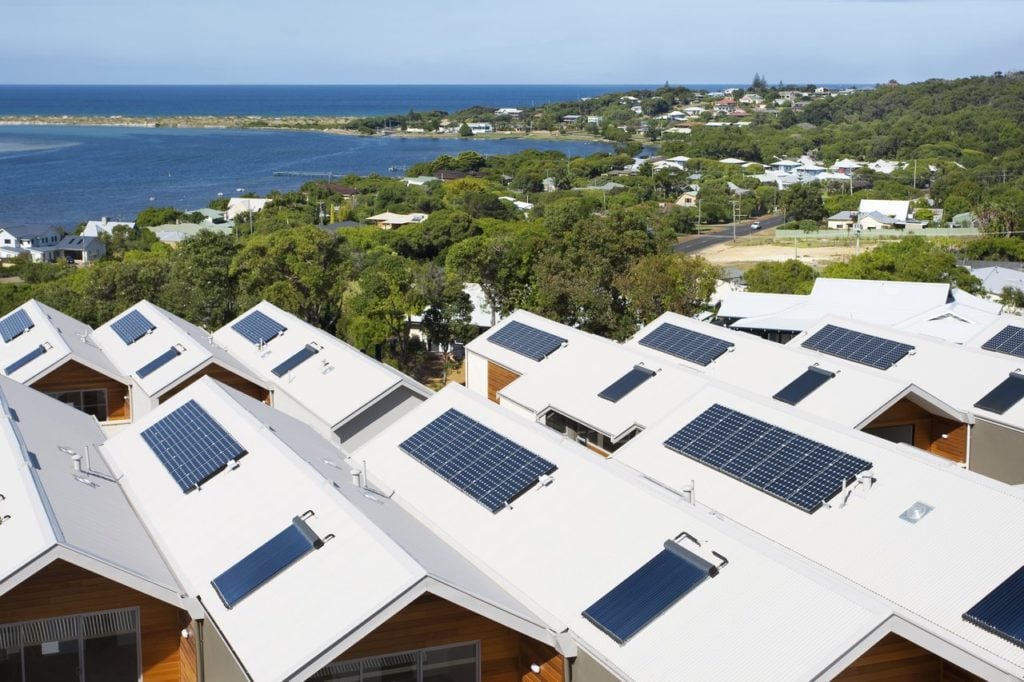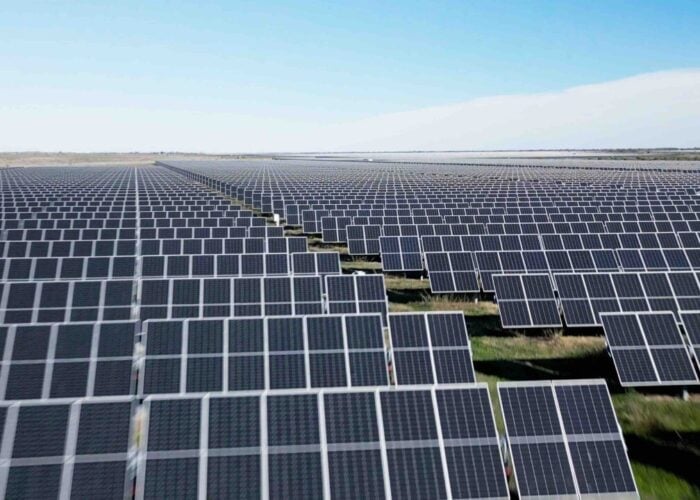
The Australian Energy Market Commission (AEMC) is set to integrate new rules surrounding consumer energy resources (CER) to allow consumers to exercise greater control over their energy use, which could expand solar PV’s role in the electricity mix.
The new rules aim to enhance the contribution of CERs, which refers to smaller-scale energy resources owned by customers—such as solar modules, battery storage units and electric vehicles (EVs)—in an effort to aid the country’s energy transition.
Try Premium for just $1
- Full premium access for the first month at only $1
- Converts to an annual rate after 30 days unless cancelled
- Cancel anytime during the trial period
Premium Benefits
- Expert industry analysis and interviews
- Digital access to PV Tech Power journal
- Exclusive event discounts
Or get the full Premium subscription right away
Or continue reading this article for free
The rules, created in response to a request from the Australian Energy Market Operator (AEMO), will introduce several changes. One such change will allow large customers to engage multiple energy service providers at their premises “more easily” to manage and obtain more value from their CER.
Energy service providers for small and large customers will also be able to separate and manage ‘flexible’ CER, including EV chargers and batteries, from passive loads, such as fridges and lights, in the energy market. AEMC stated that this will lead to more product and service options for consumers.
The final change will enable market participants to use in-built measurement capability in services, such as EV chargers and smart streetlights, eliminating the need for separate meters.
AEMC’s changes come as the Australian think tank Race for 2030 called on the federal government to provide additional investment and incentives to support consumer energy, such as solar PV, and its role in a decarbonised society. Indeed, the organisation claimed that the distributed energy revolution is estimated to be worth at least A$20-30 billion (US$13-20 billion) over the coming decades and potentially up to A$100 billion (US$66 billion).
The AEMC also sees the potential of CER and a distributed energy sector. The commission claims that it can help reduce overall system costs, improve reliability and achieve a secure, low-emissions energy supply for all consumers.
Uptake is also set to increase, with AEMC predicting that around one in six free-standing Australian homes has solar PV modules installed, and expecting this figure to rise to one in two by 2040. AEMC also predicts that by 2030, at least one in eight households will have a battery or EV or both. By 2050, that number is expected to rise to one in four.
Creating the correct market signals could help support CER integration into the wider energy system. Anna Collyer, chair of the AEMC, believes the rule changes will help unlock “substantial benefits from flexible CER”.
“A range of studies has estimated the net benefit of effective integration and coordination of CER to be up to A$6.3 billion by 2040,” Collyer said.
“If these resources are integrated well, the power system will operate more smoothly, and consumers and industry will enjoy the benefits of cheaper supply. We are committed to reforms that pave the way for the innovation required to meet the challenge of integrating CER, knowing that if we do nothing, all consumers will face higher costs.”
CERs could help stabilise NEM after coal withdrawal
Another key aspect of CERs is their potential to provide additional stabilisation to the National Electricity Market (NEM), which spans Australia’s east and south coasts.
Previous coverage by PV Tech indicates that coal is expected to be fully withdrawn from Australia’s grids by 2038. The AEMO has stated before that grid investment must increase to ensure large-scale renewable energy generators can fill the gap left by coal.
Because of this, in late July 2024, the AEMC introduced a new draft determination proposing to enable virtual power plants (VPPs) to compete directly with large-scale generators in the energy market. This would be achieved by enabling aggregated CERs to be scheduled and dispatchable in the NEM.
The AEMC cited that price-responsive small resources, such as backup generators and solar PV, could, therefore, respond to changes in spot prices. This would also contribute to a decentralised energy system.
The inclusion of CERs would result in cost savings of around A$834 million (US$552.1 million) between 2027 and 2050 while also further incentivising the uptake of small-scale solar PV installations.






